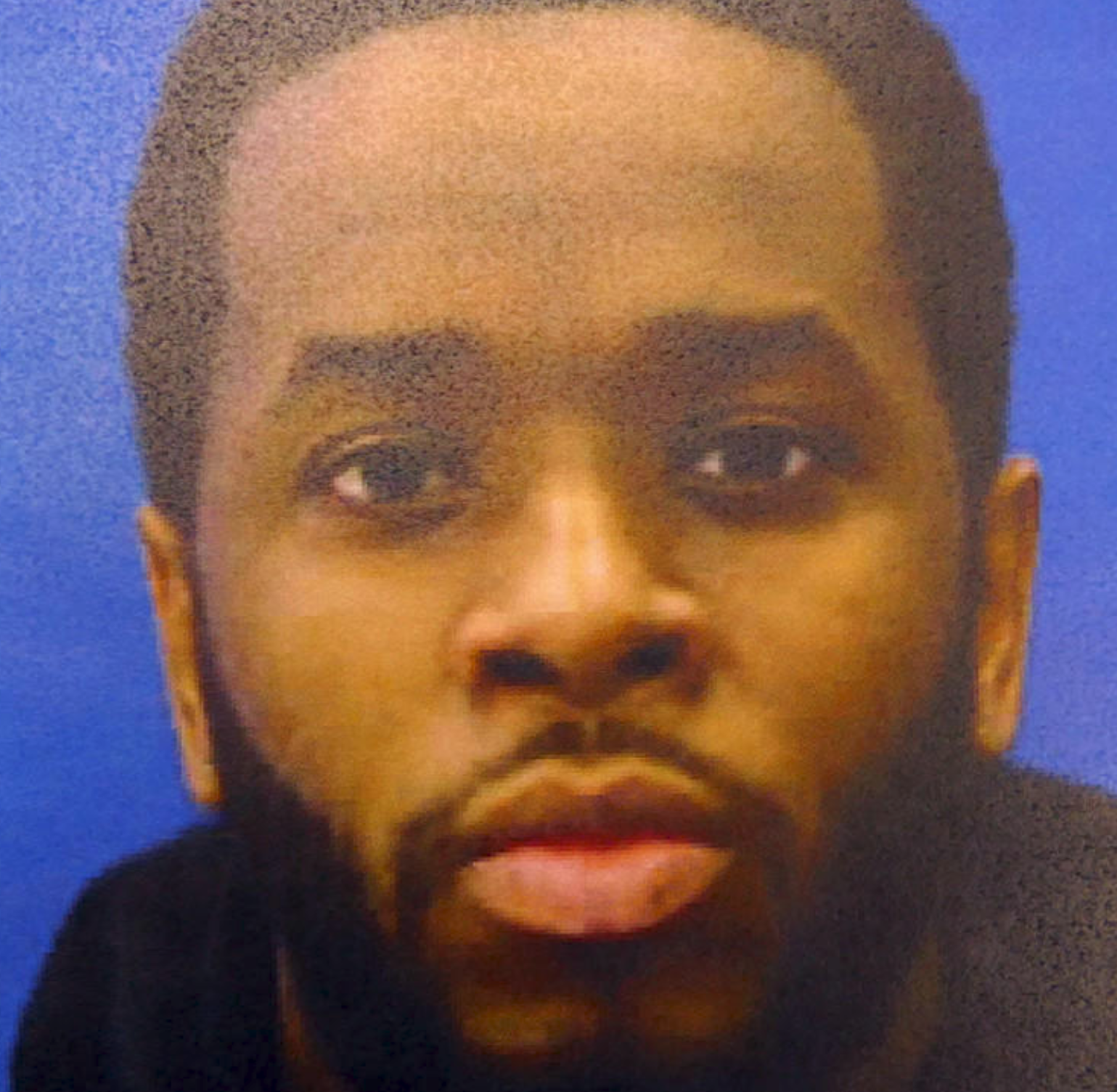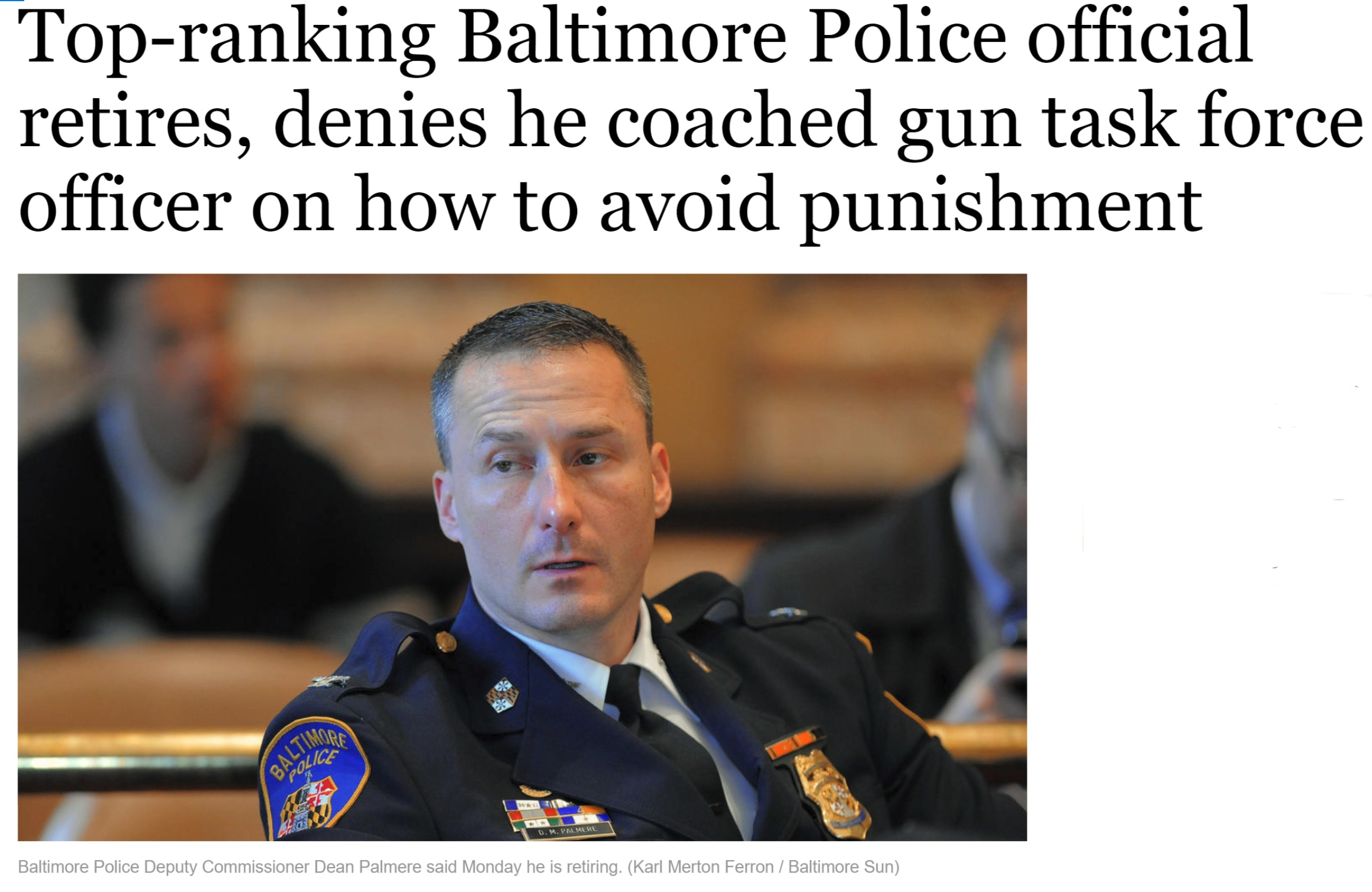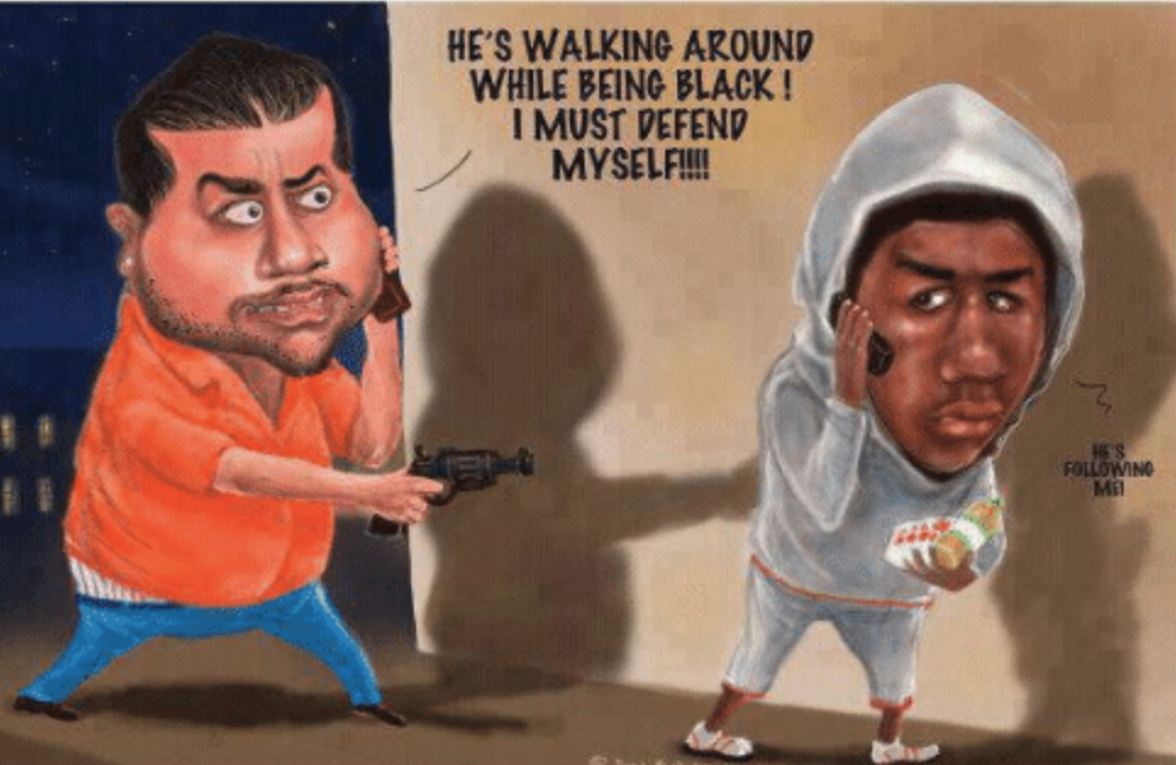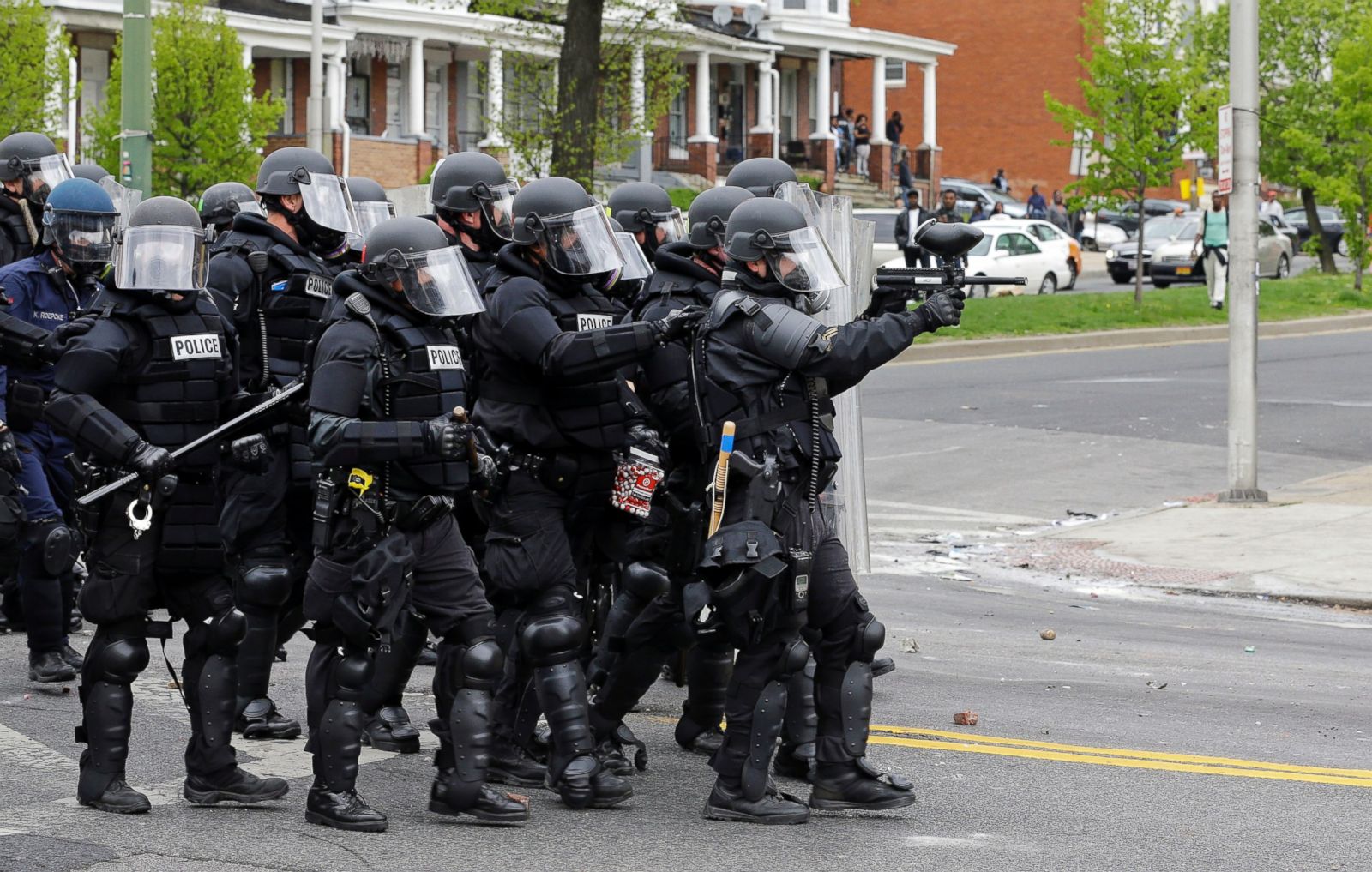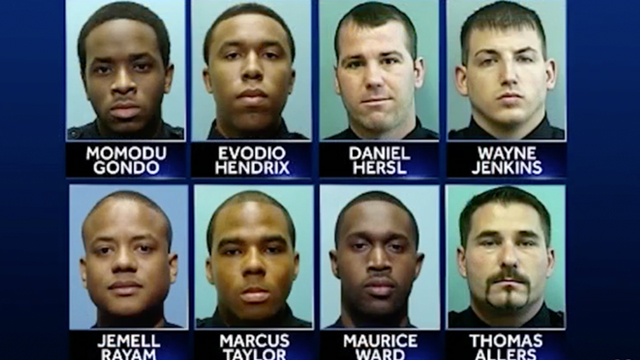Determining a “real one” from a “house Negro” is no easy task.
Maryland, by virtue of being the most northern of the country’s southern states, is uniquely positioned to tackle the challenge of ascertaining the validity of one’s card, especially if that person is seeking election as representative of an oppressed people.
Since the gubernatorial election is mere weeks away pitting Dan Cox (R), who has displayed sympathy towards white supremacist ideology against neophyte Wes Moore (D) a Black graduate of Johns Hopkins, it is Baltimoreans’ solemn duty to peel back the layers on the Black man selected by primary voters to impede Cox’s path towards the state’s governorship.
Blacks are unfairly burdened by dual loyalties when attempting to navigate the minefields of combating white supremacy and pursuing political aspirations. In Wes’ case, his origin story has left him vulnerable to critique about his authenticity; Moore enjoys favorable press considering weeks before the election he has been a no-show at the candidate conference and has declined debates. He essentially is playing the I’m Black, vote for me (because the other guy is a white devil) card.
Less Is Known About Wes Moore
Westley “Wes” Watende Omari Moore, an author, motivational speaker and military veteran from the DMV (or maybe even the Bronx, but definitely not from Baltimore) is brand new to politics and has no record to stand on or defend. For someone constantly in the limelight, there is very little known about his politics or his world view beyond talking points.
The grandson of Cuban and Jamaican immigrants gained celebrity status from authoring the biographical 2010 book: The Other Wes Moore, Two Fates. Wes once aspired to be an NBA star and president when he was a teenager. He has come closer to commander and chief than lacing it up against Steph Curry. His Curry is slated to produce a feature film based on the book.

In 2006-07 while working as an investment banker in New York, Wes served as an assistant to Secretary of State Condoleezza Rice in George W. Bush’s administration. Although the selection as a White House fellow was seminal moment, Wes claims not to be beholden to either party’s ideology nor does he speak often about either Condi or W. Wes supported Hillary Clinton in the 2008 primaries over the eventual winner, Barack Obama.
Moore is leading in the polls, unlike the last Black man who captured the Dem’s nomination for the state’s executive chair. In the 2018 election, former head of the NAACP, Ben Jealous lost badly to incumbent Larry Hogan who greatly benefited from positive press endorsements and a lack of media scrutiny. Born in raised in California, Jealous’ mother is a native of Baltimore. Jealous’ parents, real ones by any measure, were activists in the monument city during the height of civil rights movement.
Baltimore has a proud history of laudable civil minded leaders that shepherded the city away from its Confederate-leaning roots: Rev. Harvey Johnson, Thurgood Marshall, Lillian Carroll Jackson, Juanita Mitchell, Carl Murphy, Walter P. Carter, Pete Rawlings, and Kurt Schmoke come to mind. The power couple of Willie and Victorine Adams were legendary for their realness. In comparison, Johns Hopkins surgeon and Donald Trump confident Ben Carson (a Detroit native) who Baltimore embraced like one of her own, is someone we would like to forget.
Oreo, Coon, Stepin Fetchit are some of the more incendiary terms tossed around when Blacks reach a status of visibility in established white-led institutions. Being called “house nigga” is the accusation most relevant to the Maryland experience thanks to Johns Hopkins.

HUD Secretary Ben Carson is imminently qualified to be a House Negro, but remains as unqualified as ever to lead HUD
Keith A. Owens, Michigan Chronicle, 17 August 2017
Understanding the past can help frame today’s dilemmas. When used improperly “house nigga” can be disparaging and downright disrespectful, but in Maryland’s case it’s a literal interpretation of what happened in elections in the not-so-distant past.
Maryland’s first documented political “house nigga” died in 1981 at age 91. His name was J. Alvin Jones and his grandfather, James Jones, was enslaved by the wealthiest man in the state (at that time) Johns Hopkins.
Puppet and Puppeteer
Being a Black voter is exhausting. Beyond the normal work of analyzing candidates’ platforms and separating the bluster from actual policy, Blacks have an additional burden that stems from institutions of white supremacy using Blacks as front men. It happened with J. Alvin Jones.
Because of the lack of real power afforded to minoritized people in systems dedicated to upholding white supremacy, Blacks must ascertain whether the person is authentically representing the interests of the Black community or if candidates are merely puppets and simply executing the white man’s bidding.
Ebony magazine featured J. Alvin Jones in a December 1959 article that included a photo (pictured below) of then-governor James Millard Tawes standing behind Jones casting a great shadow. The governor is pointing out a window overlooking Mount Royal station in central Baltimore where Jones’ eyes is transfixed.
The photographic depiction of “house Negro” has never been captured so clearly.

J. Alvin Jones’ single term as state senator in 1958 started under the direst of circumstances: at the behest of party bosses. Jones’ soul qualification was that he was an educated Black man that had no baggage from a previous run for office. Before party boss “Jack” Pollack spearheaded his campaign when Jones was 69 years hold, Jones had spent his adult life with patronage jobs on the federal, state, and municipal levels.
Blacks, wary of the political machine, never embraced Jones the way they did the first Black elected in 1954 Delegate Harry Cole (who preceded him) or Verda Welcome (who defeated him) who both received grassroots support. The Black voter registration drives were working.
Pollack was Baltimore’s first Jewish boss, and during the 1940s and 1950’s the city’s most powerful boss. Operating from a base in the northwest part of the city, he picked and elected candidates to the state legislature, City Council, judgeships and the judicial clerkships.
Washington Post, 18 March 1977 “Baltimore Buries Once-Powerful Boss“
Although it was not publicly reported and few Blacks likely knew in the 1960s, Jones’ grandparents had a cozy relationship with the wealthiest of white city’s financiers one hundred years prior, straight off the tobacco plantations – The man Johns Hopkins himself.
Sad. J. Alvin lost his senate seat in a contested primary that signaled the weakening of Pollack as a Democrat party boss in the city of Baltimore. The first Black woman elected, Verda Welcome denounced any association with organized political leaders suggesting any Black who did was a puppet. “I am that man’s worst enemy,” Welcome was reported as saying in a November 1, 1962 Baltimore Sun article. Morgan State University students at the gathering made it clear that any Black politician backed by Pollack or accepted the fund-raising money Irvin Koven, another leader in the city’s Jewish community, was to be distrusted.
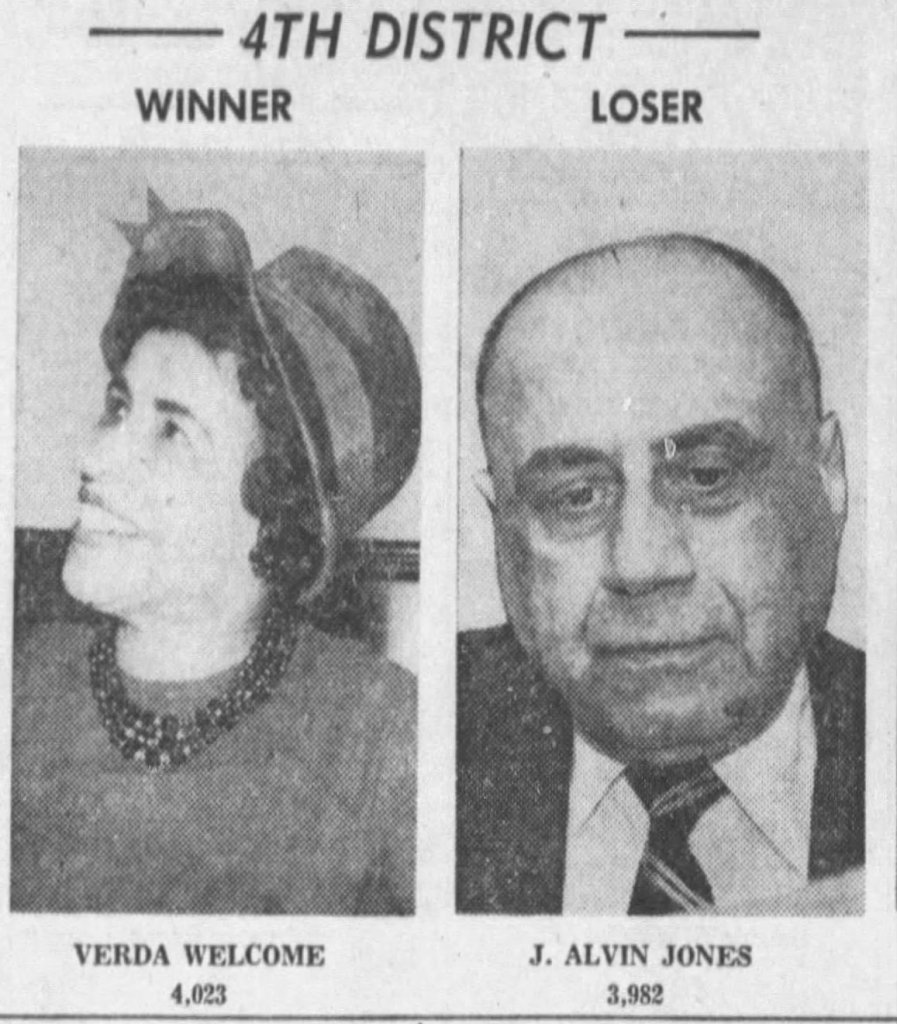
Welcome’s enemies were more than haters, they were homicidal. Struck by two bullets, the North Carolina native, survived an assassination attempt in April 1964, midway into her first term. Five men associated with the Democratic party were charged with conspiracy to kill the woman who gathered grassroots support to obtain her seat; four were convicted. The bullet to Welcome’s back and heel certifies her “real one” status. Her tenure in the state house lasted 25 years.
So many have given so much to squander if the candidate will not be answerable to the Black community’s concerns, especially by a Black man who moves comfortably within the higher echelon of the Johns Hopkins power brokers.
Six Degrees of Johns Hopkins
J. Alvin Jones was born to John “Johnsey” Jones and Hattie Taylor on 20 November 1889. He was their only child. In 1913 he graduated from University of Pennsylvanian a private school in Philadelphia. After serving in WWI, he married Clara Baptiste of Pennsylvania and had two sons, J. Alvin Jr and Jerome. He had no known grandchildren.
His sons were not known to have served in public office, but enjoyed patronage jobs in the city. Picture below, J. B. Jones, was a city housing manager, and later oversaw the mass relocation of Black residents as part of the city’s “urban renewal” programs from his office in West Baltimore.

Straight from the Literal and Figurative Planation
Maryland’s new constitution of 1864 prohibited slavery. J Alvin’s father “Johnsey” was born a free person in 1866. J Alvin’s grandfather’s status under the new Constitution transitioned from being enslaved by multi-millionaire Johns Hopkins to being employed by him.

J Alvin’s grandfather, James Jones. was born in Virginia in about 1820. He was enslaved by the Tayloe family in Virginia and during a visit, Hopkins took a liking to James and brought him to Baltimore. James’ inclusion on the 1870 census kick-started the debate over the veracity of Hopkins’ PR machine that promotes him as an abolitionist.
Johns Hopkins, railroad magnate and banker, derived forced labor from James Jones for nearly four decades in the industrial port city of Baltimore. There were zero crops that needed harvested, only wine to be poured and dinner parties to host. Hopkins, from a family of Quakers, was wealthy enough to pay good wages for servants to run his bathwater and clean his bedsheets as he admired the artwork that adorned his Saratoga St winter home and his Clifton Mansion summer home.

After emancipation James stayed on as Hopkins’ servant. The city’s cantankerous bachelor banker/political influencer remembered Jones in his will with a $5000 payday in 1873 (roughly $130,000 in today’s valuation). Formerly enslaved men in Baltimore with no other marketable skill and lacking a formal education crowded almshouses or other penal institutions.
Jones, his wife Elizabeth (both identified as “mulattos”) and their children lived a quiet life in a house they owned with white eastern European immigrants as neighbors – outside of the strict racial redlines that kept Blacks in substandard housing. James continued to work as a servant/waiter up until he died in 1893.

J. Alvin attended Douglas High School and later the Ivy League University of Pennsylvania school and graduated with an engineering degree. The WWI vet worked patronage-provided government jobs on the federal, state and city level before Pollack selected him to defeat Cole. Once his short-lived political career was over, Jones returned to work in a variety of civil service jobs and generally lived the remainder of his life in obscurity.
The year he died, 1981, the grandson of the former enslaved man from Virginia had truly moved on up as he lived and died in a high-rise apartment in the Charles Village area, a stone’s throw from Johns Hopkins University.
“All skin folks ain’t kin folk”
Melanated peoples since forever
Annapolis has been influenced by those with white supremacists’ ideals since the days before, during, and after Johns Hopkins wielded extreme political power that resulted in a hospital and university in his honor. The path to Annapolis is littered with the Black names discarded by the machine they served: Catherine Pugh, Cheryl Glenn, Nathaniel Oaks, are the most recent casualties. The ethics surrounding Gov Larry Hogan’s questionable, but lucrative business dealings have mostly gone unexamined.
Calling out Frauds
To catapult his name recognition, Wes Moore benefited from people believing he was a “Baltimore native.” Who could not pull for a troubled Black boy of a single mom succeeding despite the challenges posed by being educated in the city’s public schools during in the 1980s crack era? The problem is, he never went to school in Baltimore. Forever on the wrong side of history, The Baltimore Sun editorial board’s stance is that there ought to be more Wes Moores.
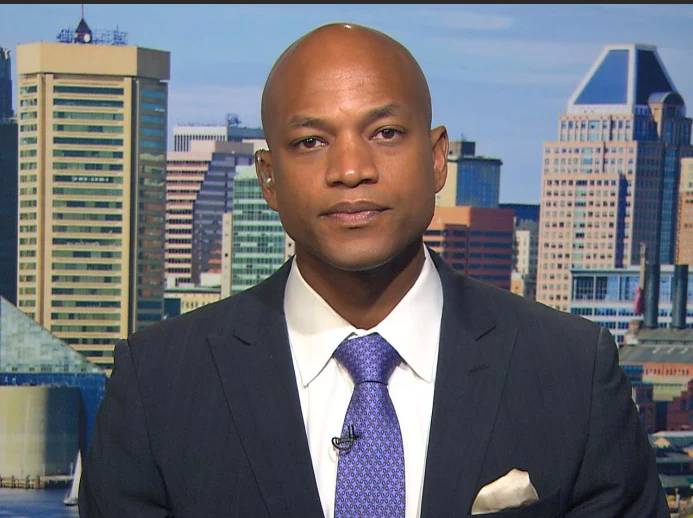
Moore, the author/candidate let the lie stand because he wanted to be seen as a “real one” like the other Wes Moore that he wrote about. Moore calculated ways to avoid suffering the fate as J Alvin Jones. Moore’s gamble is to present himself as a man of the people without having a rigorous debate where he faces the people. Moore declined Morgan State University’s invitation to debate. A single debate is scheduled for October 12th.
Black Republican Trump supporter Herman Cain famously embraced the term “house Negro” and urged author/candidate Ben Carson to do so as well. This followed an opinion published in a Michigan paper shaming Carson as a House Negro who ” forfeited the well-earned status of a brilliant medical career” to gain proximity to power. Cuba Gooding, Jr portrayed Carson in the Hollywood production of his book “Gifted Hands”.
“If being called a ‘house Negro’ is what some of us must endure for succeeding in this nation and thinking for ourselves, then let all of the ‘house Negroes’ stand up and be counted,” – wrote Herman Cain, Black Republican and Donald Trump supporter
Taryn Finley, HuffingtonPost.com 2017
Who gets to rise to the top in Maryland politics may not be groveling for anointment by the party bosses of yesteryear (to be sure the Curran family of old Baltimore still has weight today). In some ways not knowing who may be pulling the strings is even more disconcerting. Diligence in discovering to whom Black leaders may be beholden must remain a priority.
The struggle is real. All Marylanders, regardless of race, religion, or socio-economic status deserve more than someone competent in maneuvering amongst the power elite. If the first Black Governor does not pledge to dismantle the systems of white supremacy, he will be remembers only as the most recent in a long line of house Negroes.









